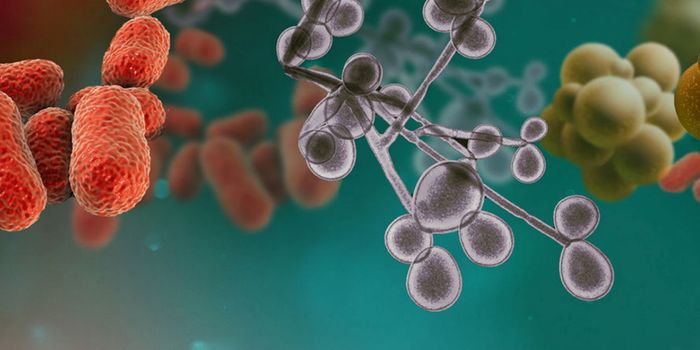CDC Investigation into Severe Hepatitis Cases in over 100 Children: What to Know
Over a hundred cases of hepatitis in children in the United States and four hundred worldwide are being investigated by the Centers for Disease Control and Prevention, including five cases resulting in death. Hepatitis is a disease causing inflammation of the liver.
The hepatitis cases of unknown-cause affecting children are serious and cause significant inflammation and damage to the liver. 90% of the cases have resulted in hospitalization and 14% have required a liver transplantation. The cases are being seen in previously healthy children under the age of ten.
The cause of these cases is currently unknown. The affected children have tested negative for hepatitis A, hepatitis B, and hepatitis C, the viruses that most commonly cause hepatitis. Some of the children have tested positive for Adenovirus, a common virus that typically causes cold-like symptoms or stomach problems. Health officials are continuing to investigate Adenovirus as a possible cause of these hepatitis cases. Other causes could include infections that haven’t yet been tested for or potentially exposure to an unidentified toxin.
Despite speculation, there is little evidence to support Covid-19 infection as being related to these cases. Very few of the identified cases have been correlated with an active Covid infection and most of these hepatitis cases are in children between the ages of 2 and 5 who have not received a Covid-19 vaccination because of their age range.
While health officials are investigating whether the cases could be related to prior Covid-19 infection, this also seems like an unlikely cause. A CDC report of nine children hospitalized with hepatitis in Alabama found that none had a documented history of past infection.
For now, there is no known way to prevent these rare, severe cases of hepatitis in children. Concerned parents should continue to follow health agency guidance and learn to recognize the symptoms of hepatitis in children: jaundice (yellowing of the skin and eyes), tenderness or pain in the abdomen, dark-colored urine, abdominal swelling, and nausea.
Sources: Centers for Disease Control and Prevention, Johns Hopkins Medicine








